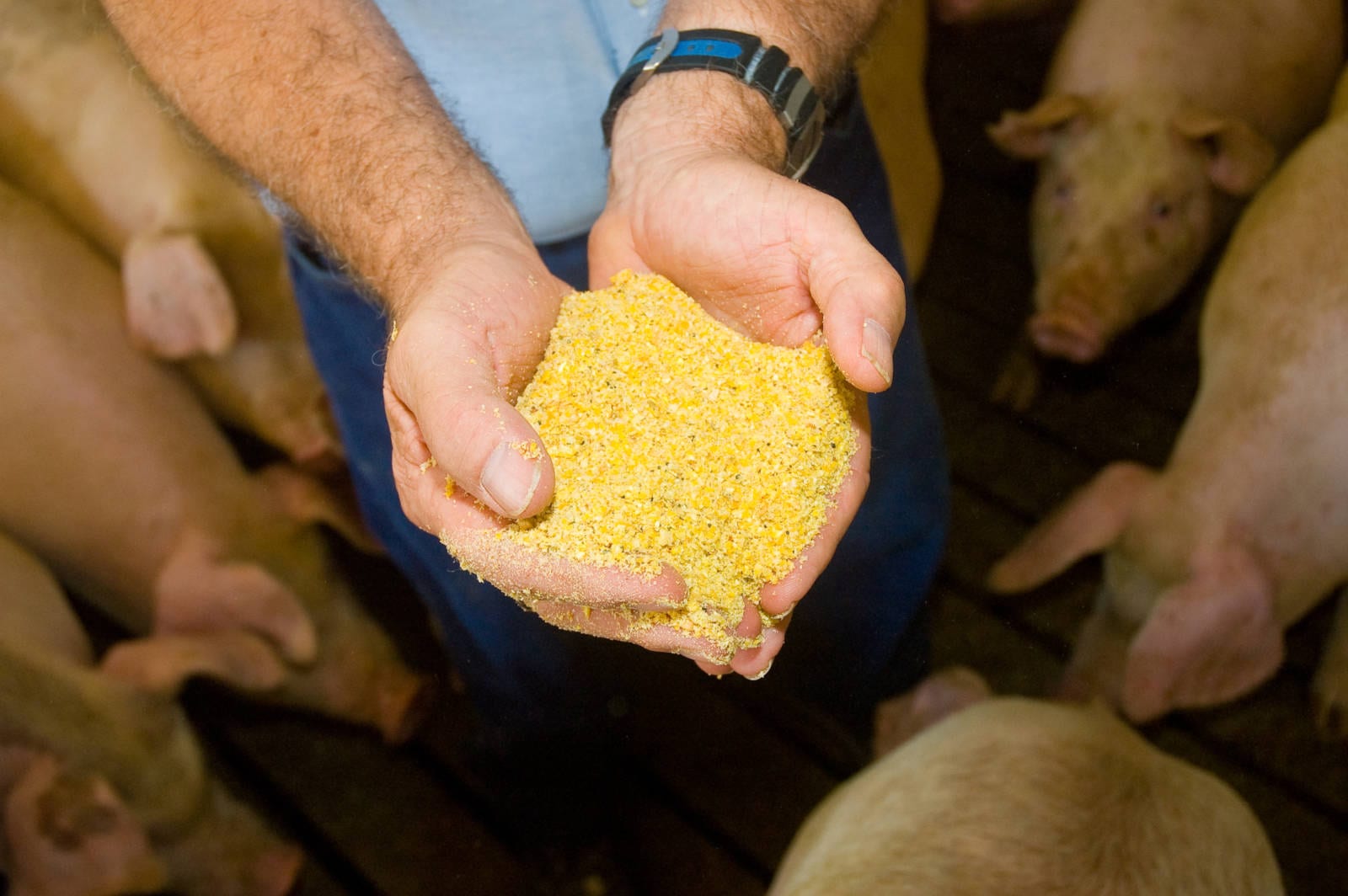South Dakota processor focuses on quality to meet end-user demand
While it is not common yet, there are some processors rewarding farmers for higher-quality protein and oil. In an effort to raise the quality of the soybeans in their area, one of these processors is South Dakota Soybean Processors.
Based out of Volga, South Dakota, this practice, through its ValueTrak program, not only brings more value to the farmers, but also allows South Dakota Soybean Processors to provide a higher-quality product to their customers.
Kari VanderWal, soybean procurement manager at South Dakota Soybean Processors, discusses the history and results of component-based pricing.
Q: How long has your company been offering a premium for higher protein and oil?
A: We’ve been offering a premium for nearly 20 years at South Dakota Soybean Processors. We used to have a minimum of oil and protein that soybean farmers had to meet. Once met, they became eligible for a protein premium.
Q: How has your premium changed over the years?
A: We don’t just pay based on oil or protein content anymore. We switched our program to an estimated processing value (EPV), which combines the value of the soybean meal, oil and hulls. Now it’s the top 25-percent each quarter that have the highest EPV that receive a value-added check for those higher-quality soybeans. We call this the ValueTrak program.
Q: Why did South Dakota Soybean Processors start offering a premium?
A: Increasing the protein in the raw soybean is necessary in this part of the world. We need a high-protein soybean meal to compete in the marketplace effectively. The protein in soybean meal depends on the crude protein in the soybean, the higher the crude protein results in a higher protein in the meal. The overall goal of the ValueTrak program is to improve soybean quality in the northern growing regions of the U.S. through careful variety selection made by the producer. This allows us to be competitive in the soybean meal market by offering a higher protein meal.
Q: What kind of results have you seen?
A: Oil and protein in the soybean are also influenced by the growing season. However, the varieties that have higher oil and protein should always have higher oil and protein than the poorer quality soybeans, in good years and poorer years. If we look at a 10-year average for our area, we have seen crude oil increase.
It’s not just about what farmers are doing, though. It’s also about what’s available to them.
This goes back to seed companies meeting farmers’ agronomic needs while still providing soybeans with good protein and oil. Farmers won’t choose a soybean that’s high in protein or oil but low in yield when, right now, that’s not what they sell for.
